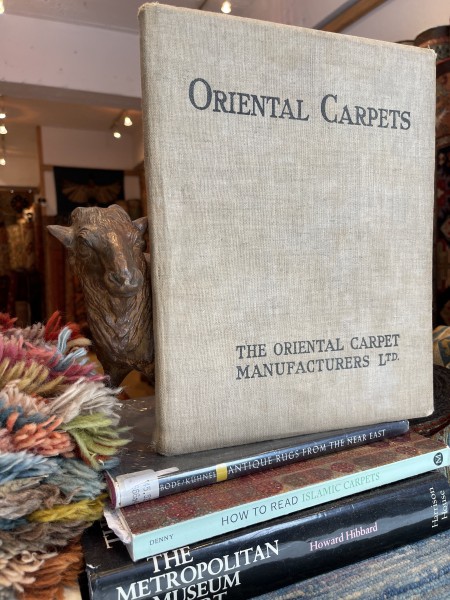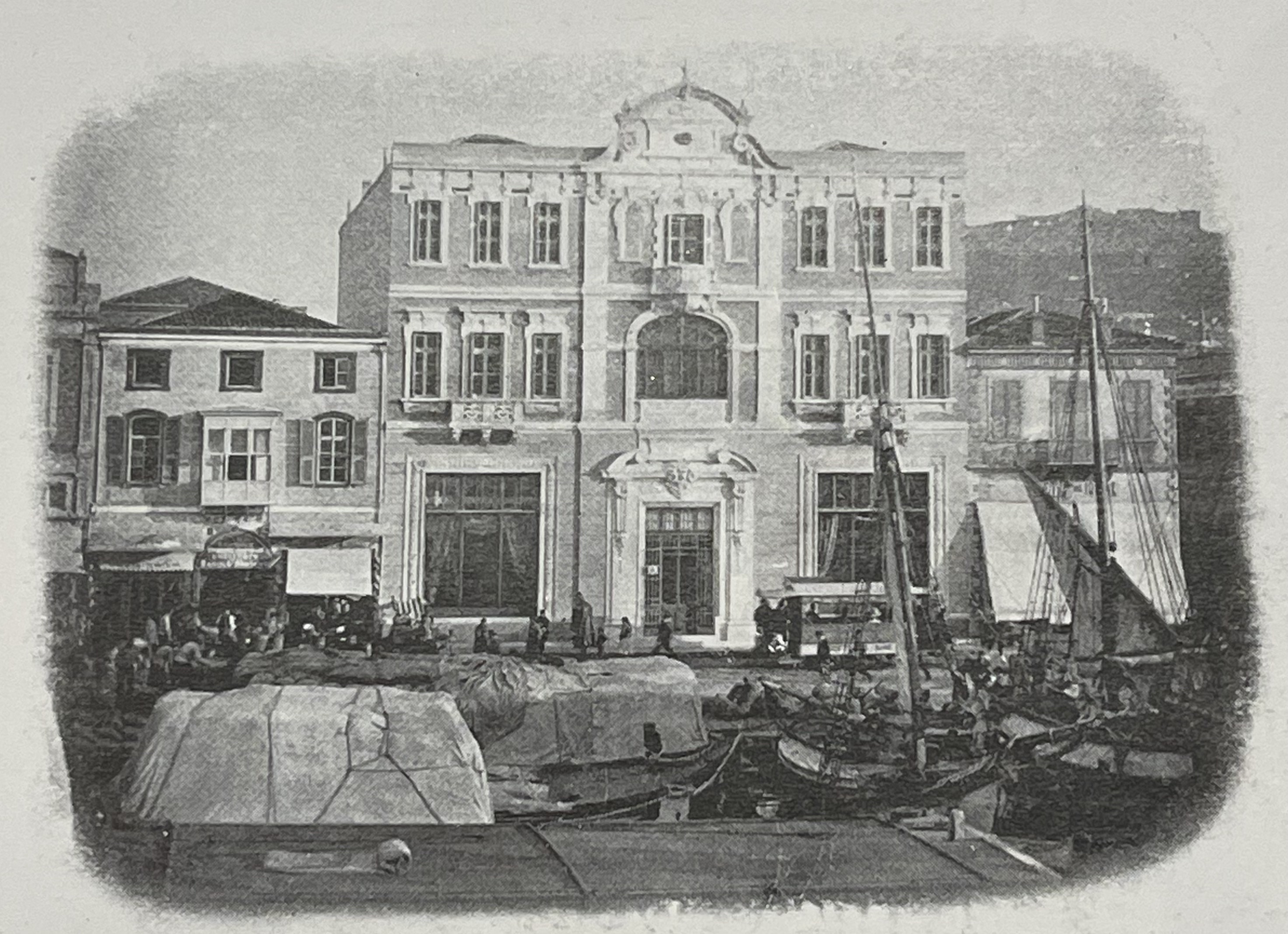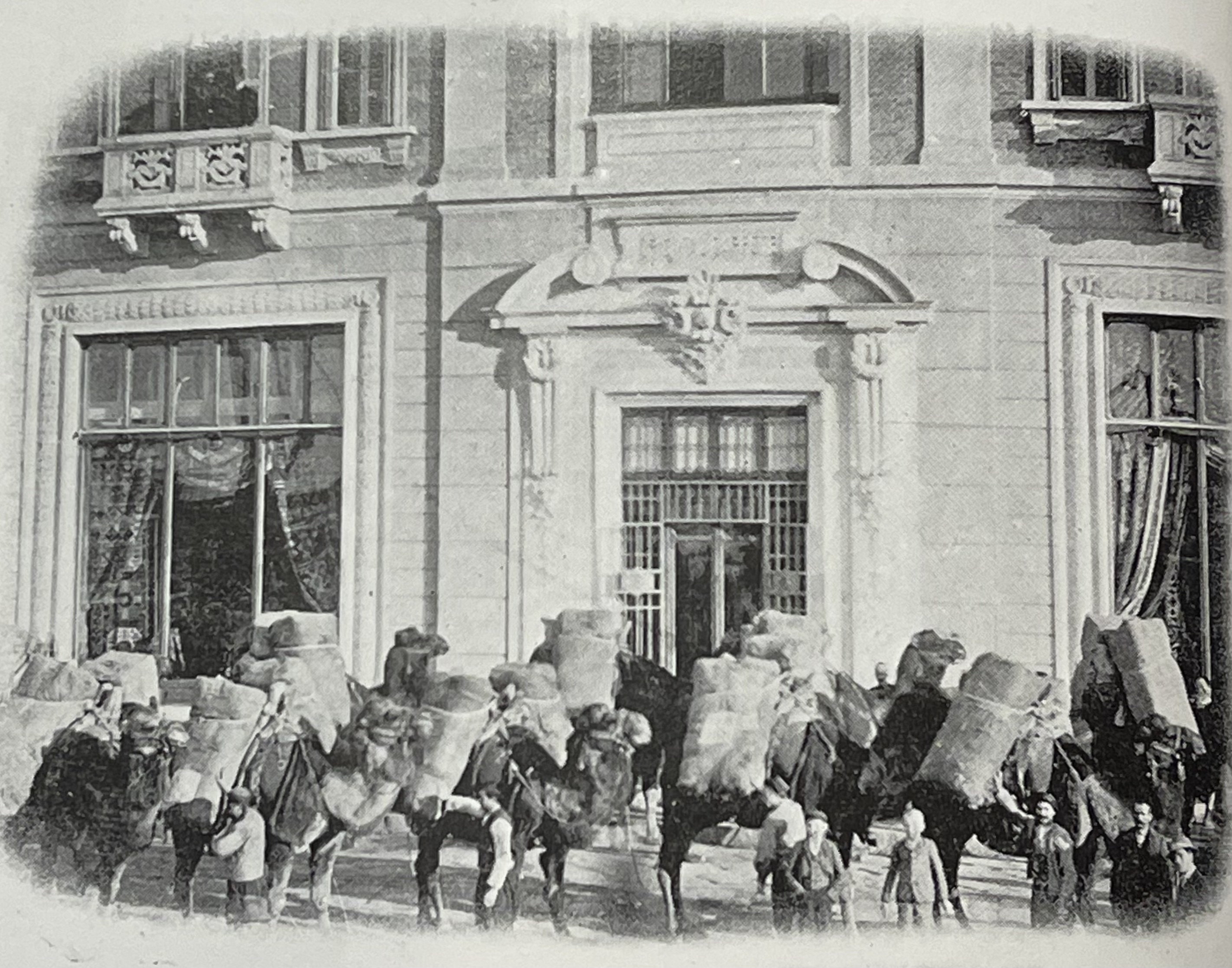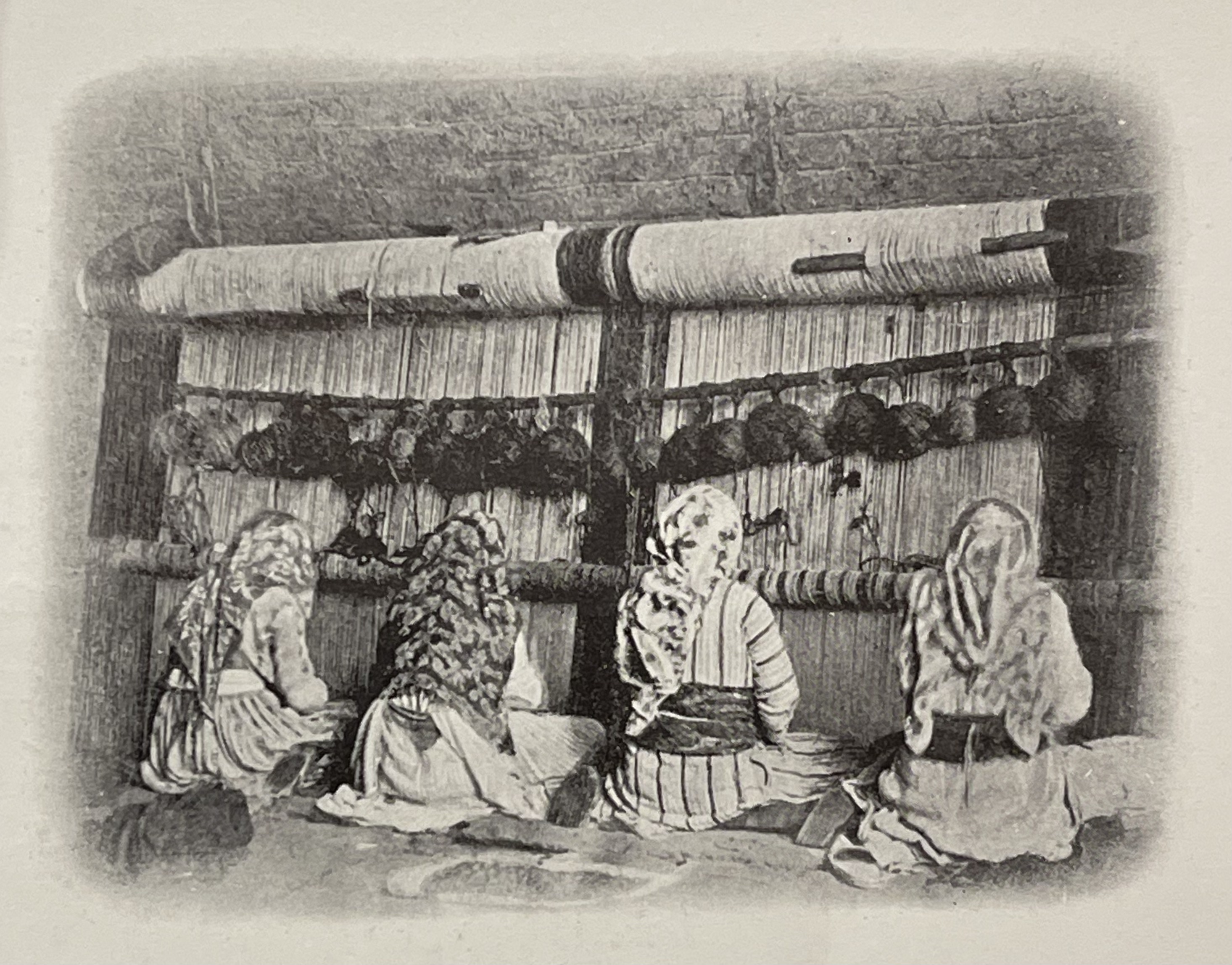
The historical account of The Oriental Carpet Manufacturers Company (O.C.M.) is a symbolic tale of innovation, adaptation, and evolution within the global carpet and rug industry. Established in the early 20th century by visionary British merchants in Smyrna, this company embarks on a journey that melds technical proficiency from Germany and Austria with the artistic heritage of Anatolian and Persian craftsmanship. O.C.M. resurrected traditional carpet-making in regions like Hamadan, Iran, where such practices had ceased and contributed significantly to the economic ecosystems of regions like Konya Vilayet, employing thousands of weavers and reviving local industries.
The business maneuvers led by Arthur C. Edwards in the following years, like the expansion to the United States market and the establishment of factories in India for cost efficiency, reflect a relentless pursuit of market presence and commercial acumen.
In this blog post, I want to share with you about OCM, The Oriental Carpet Manufacturers Ltd, information book published by the company itself in the early 1900s. You can find below a quote text taken unaltered from the book and its photos. ” -Hakan KARAR
Oriental Carpets have been in use since ancient times, and today, they are more in demand than ever. The reasons for this are not far to seek Their well-known durability, caused by the excellence of the wools and dyes used in their manufacture, the infinite variety of designs, the richness and delicacy of their colorings, and their well-known comfort, a few, amongst many, of their qualifications. Carpets have been used in Persia from the earliest times, though the manufacture does not seem to have reached any importance until the Parthians conquered the country in A.D. 226 and brought the art of weaving fine carpets. Specimens could not be expected to have lasted as long as two thousand years. Consequently, the designs of these earlier carpets must be surmise-probably they were like the modern Caucasus designs at first and later would be affected by the Greek conquest.
 O.C.M. Warehouse, Smyrna (Izmir, Turkiye)
O.C.M. Warehouse, Smyrna (Izmir, Turkiye)
During the third and succeeding centuries, many of the carpets used on State occasions were decorated with miniatures of celebrities woven into the body of the rug. Some of these are inscribed in Oriental writings, which show that the materials used were as varied as they are today and that the earliest manufacturers practiced both pile and tapestry weaving. The oldest known representation of a carpet is to be seen on a silver bowl belonging to a Russian noble. Then Persia was overrun by the Arabs, A.D. 637, amongst other booty, they took an excellent carpet from the King's Palace. It is recorded that it was made of the richest materials -silk, gold, and precious stones- and represented a garden laid out in gorgeous flower beds intersected by paths and brooks. It was valued at £155,000 and divided among the leading victors, the piece gained by Ali, the prophet's son-in-law, worth about £10,000.
During the Caliphate, the province of Fars was the center of the carpet industry in Persia, and exquisite carpets were made there. Other towns were noted for their carpets, and one writer records that, while visiting Tun in the province of Khorassan in A.D. 1047, he learned that 400 looms were at work. The adverse influence of the Mongolian invasion in about 1260 was not strong enough to destroy Persian art, which continued to flourish. The figures of animals were introduced into designs early in the 14th century, and narrow borders were usual in old carpets. Several specimens of carpets of this period exist and are amongst the earliest. Still, scarcely any examples of carpets of the 15th century remain, though descriptions of them are found in contemporary writings, and reproductions are shown on miniatures and pictures of the period. These are chiefly of Turcoman origin, with bright, intense coloring and geometrical design, although many contain representations of animals, trees, etc. Asia Minor, too, seems to have been a flourishing center of industry during this century. Persian art achieved its most significant development under Shah Tahmash I. (1524-1576), and it was in his reign (1539) that the famous Ardebil Carpet was made, which is now in the Victoria and Albert Museum. It is one of the largest and best in existence of this period. It measures 32 ft. X 16 ft. and contains about 33,000,000 knots.
 O.C.M. Warehouse, Smyrna
O.C.M. Warehouse, SmyrnaShowing goods arriving from the interior
 Carpet Weavers in Gala Costume
Carpet Weavers in Gala Costume
Around the middle of the 16th century, during the reign of Shah Abbas, the finest carpets were made, and thousands of those made at Herat were exported to Europe, Turkey, and India. The industry continued in Herat till 1731 when the district was devastated by Nadir Shah, and the weavers were transplanted to Western Persia and Turkey. Any specimens of carpets woven in silk with gold and silver embroidery are known to exist. These were made in Persia during the 17th century and were often sent as presents from the reigning Shah to various Princes of Europe. The oldest of these is believed to be the one in the Imperial Museum in Constantinople, though by some authorities, it is considered to belong to the 15th century. Kirman Carpets have been noted since 1600. The industry declined at once but has recently revived, as the wools of this district have always been reported, and the weavers are amongst the best in Persia.
It was not until the Capture of Constantinople that the Turks turned their attention to the manufacture of carpets as a national industry. From then, they began making and exporting rugs and carpets to all parts of Europe. There is no doubt, however, that carpets had been made throughout Asia Minor long before this and were of outstanding excellence and beauty, as Marco Polo, the famous traveler of the 13th century, states that in Asia Minor, "they weave the finest and most handsome carpets in the world." Amongst the oldest Turkey Carpets are the many beautiful examples found in the Ala-Al-Hin's Mosque at Koniah, some of which are said to be about the age of the Mosque. It was finished in 1220 A.D. Ouchak has long been one of the chief centers of the Turkish carpet industry. In Constantinople today, there is a fine collection of 14 Ouchak carpets in a Mosque that date back to 1570, when the Mosque was built. Sivas and many other towns are also known to have been famous for their woolen materials. Still, there are not many early specimens of their weaving in existence, owing to the constant raids of Kurds and other barbaric tribes who usually destroyed all articles for which they had no use. Indian Carpets have been known for generations, and their manufacture still forms an important industry. The most significant numbers are woven in and around Mirzapore, most of which are shipped to England. They are about the cheapest woolen carpets woven in the East. Of the three countries referred to, which chiefly contribute today to the world's supply of Oriental Carpets, Asia Minor is the most important. The majority of the inhabitants of over thirty towns in that country are actively engaged in their manufacture of "Turkey" Carpets, which are all hand-knotted, are woven almost entirely by women and girls, who begin to learn at a very early age, and consequently become very adept in the art.
 The Queen of Weavers
The Queen of Weavers
The industrial centers- in Asia Minor and Persia- are in the highland districts, where the climate and other conditions favor good wool. It is to these natural conditions, together with the inborn taste of the weavers, that we may attribute the secret of the charm attached to Oriental Carpets and Rugs of all ages.
 Weavers at Work
Weavers at Work
To quote the words of Mr. Mumford in his interesting work on "Oriental Rugs": "Year after Year, through the intervening centuries, spinners have spun, and dyers have mixed their dyes, and weavers have labored patient at the loom in many lands. The Iron Age has contrived machinery to do the work of myriad fingers and designers, the best the schools of two continents could furnish, have fed gorgeous patterns to the flying wheels in the hope of conquering the judgment and favor of the world. And still, the dusky weavers are knotting before their rude frames the most splendid fabrics on the globe, and the Occident, coin in hand, waits upon their weaving.".
